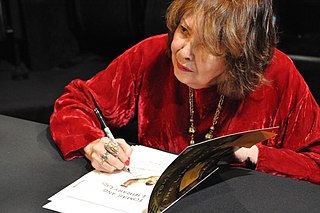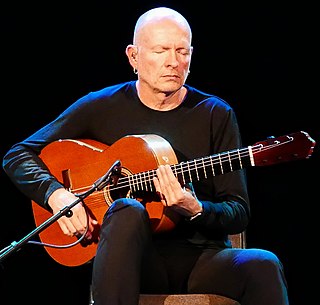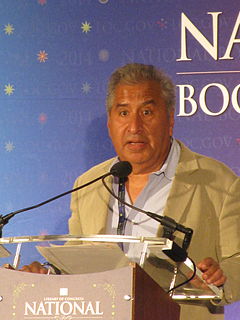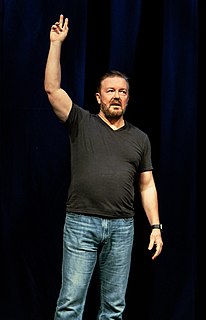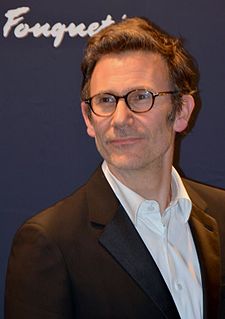A Quote by Laura Gilpin
I live a lonely photographic life here in Santa Fe. I do see Eliot Porter occasionally, and Ansel storms through every so often, otherwise I plug along in my old fashioned way.
Related Quotes
Perhaps the central question about [Eliot] Porter's work is about the relationship between science, aesthetics, and environmental politics. His brother, the painter and critic Fairfield Porter, wrote in a 1960 review of [Porter's] colour photographs: 'There is no subject and background, every corner is alive,' and this suggests what an ecological aesthetic might look like.
When I came to the States, I still wanted to be an electric guitar player. But moved to Santa Fe in '86. And just decided that nylon string guitar is really what I wanted to do... And that really change my life totally as well... And Santa Fe is one of those really unusual places that is such an interesting mix of culture. There is a lot of from restaurants to music... I remember one of the first groups I saw playing there in the back of a restaurant, was a banjo player, a classical violinist, and a flamenco guitarist. And I thought to myself, "What? You know, this is great."
Suddenly the land is haunted by all these dead Indians. There is this new fascination with the Southwest, with places like Santa Fe, New Mexico, where people come down from New York and Boston and dress up as Indians. When I go to Santa Fe, I find real Indians living there, but they are not involved in the earth worship that the American environmentalists are so taken by. Many of these Indians are interested, rather, in becoming Evangelical Christians.
People see me, and they see the suit, and they go: "you're not fooling anyone", they know I'm rock and roll through and through. But you know that old thing, live fast, die young? Not my way. Live fast, sure, live too bloody fast sometimes, but die young? Die old. That's the way- not orthodox, I don't live by "the rules" you know.
If a thing is old, it is a sign that it was fit to live. Old families, old customs, old styles survive because they are fit to survive. The guarantee of continuity is quality. Submerge the good in a flood of the new, and good will come back to join the good which the new brings with it. Old-fashioned hospitality, old-fashioned politeness, old-fashioned honor in business had qualities of survival. These will come back.
Knowing a great deal about what is in the world art, catastrophe, the beauties of nature through photographic images, people are frequently disappointed, surprised, unmoved when the see the real thing. For photographic images tend to subtract feeling from something we experience at first hand and the feelings they do arouse are, largely, not those we have in real life. Often something disturbs us more in photographed form than it does when we actually experience it.
I've always loved opera; it never occurred to me that I would write a proper libretto. One of my closest friends is a composer, Paul Moravec, and a few years ago, Paul and I were at lunch, and I said to him, "you really have to write an opera." So, he says very casually to me, "I'll do it if you write the libretto." Well, little did I know that the within a couple of years we would end up getting a commission from the Santa Fe Opera to write an opera together, "The Letter," which turned out to be the most successful commissioned opera in the history of the Santa Fe Opera.



